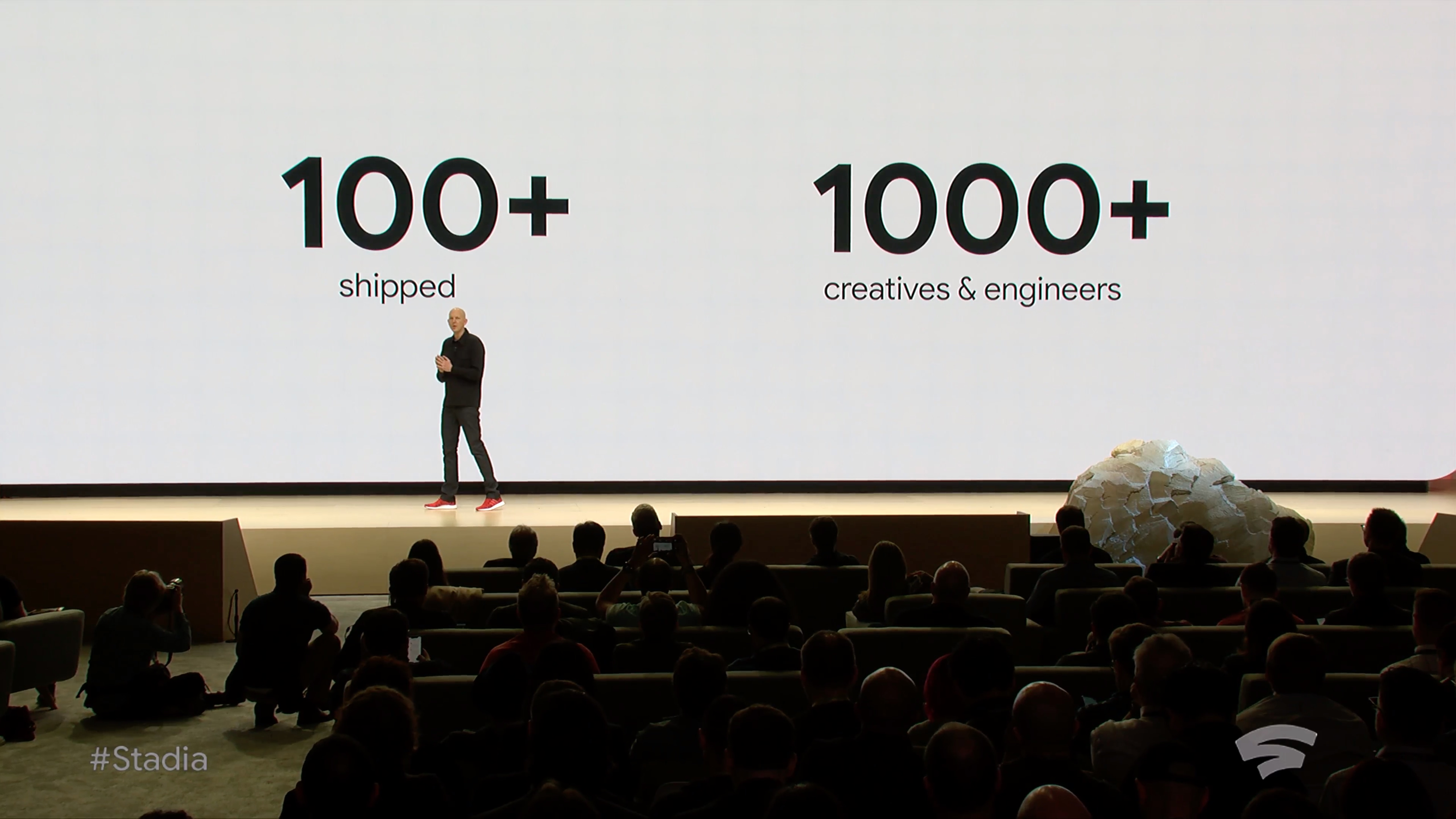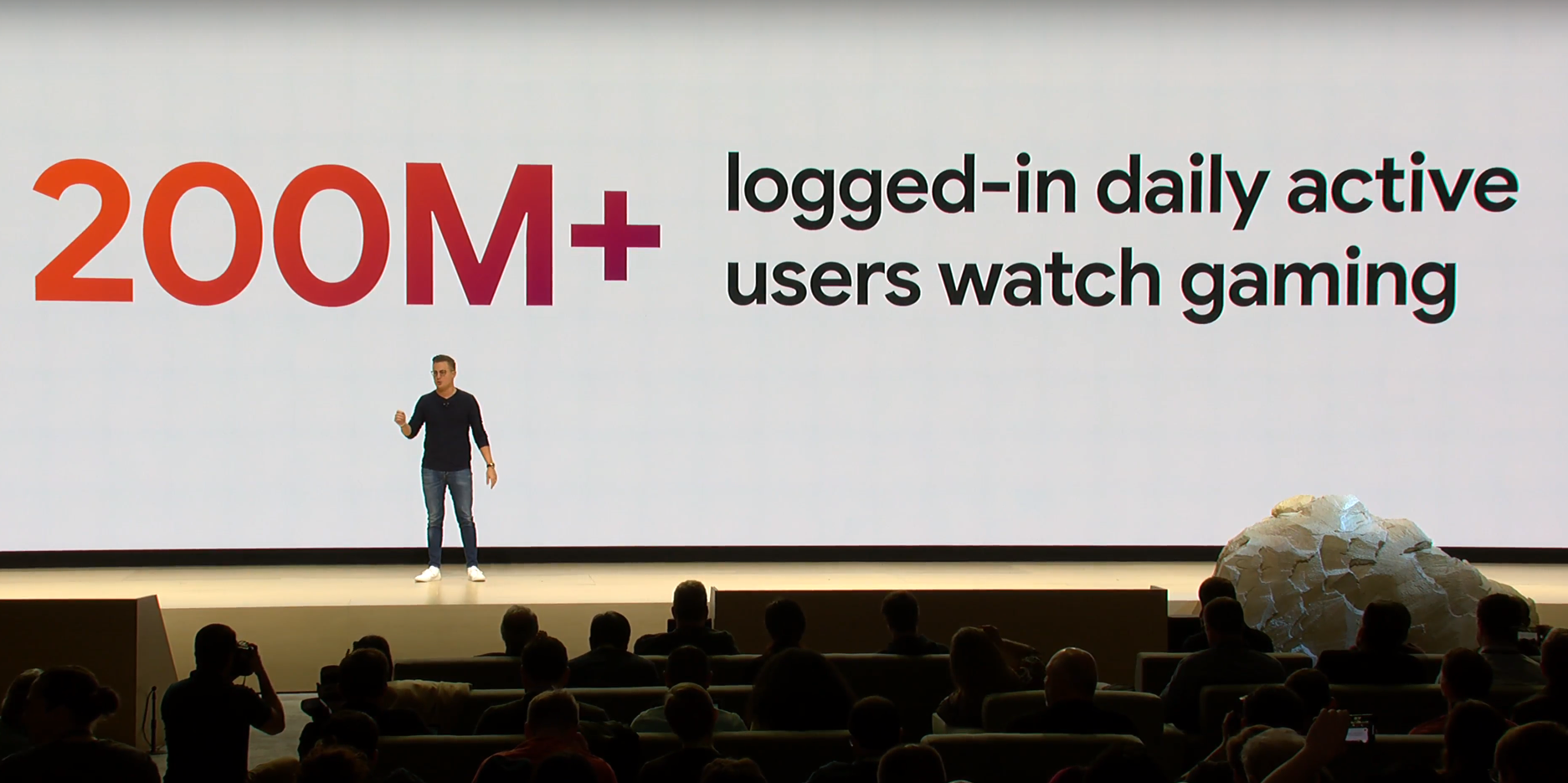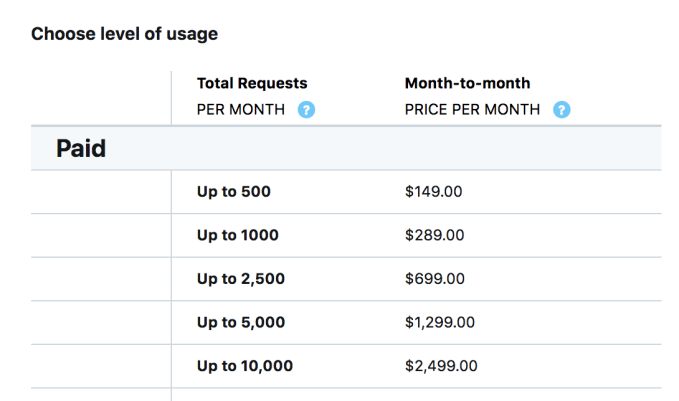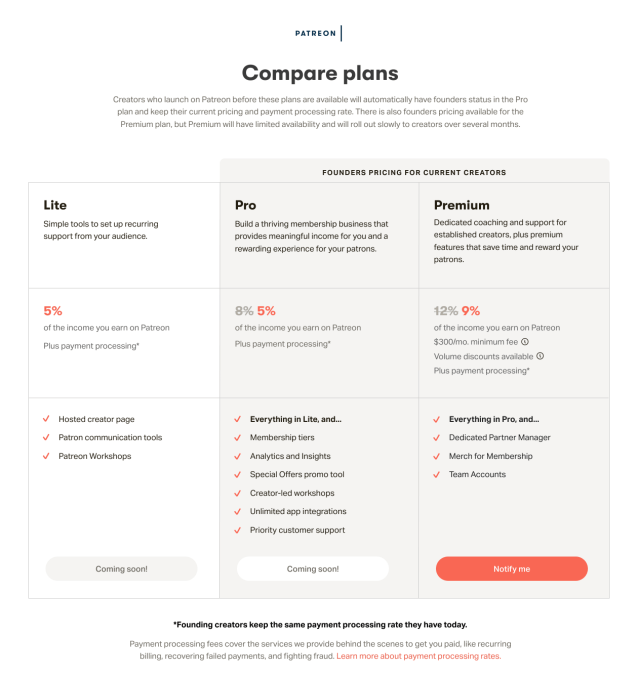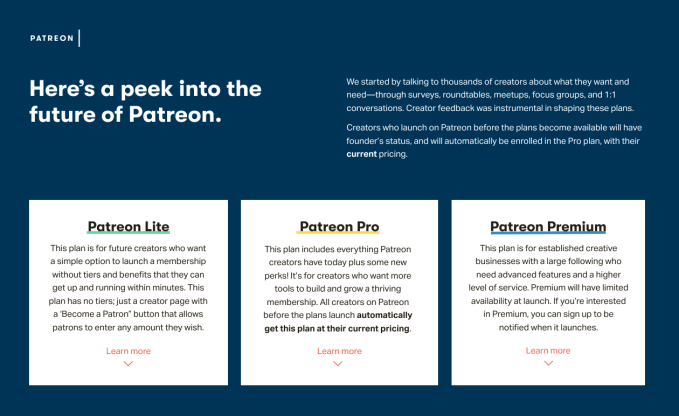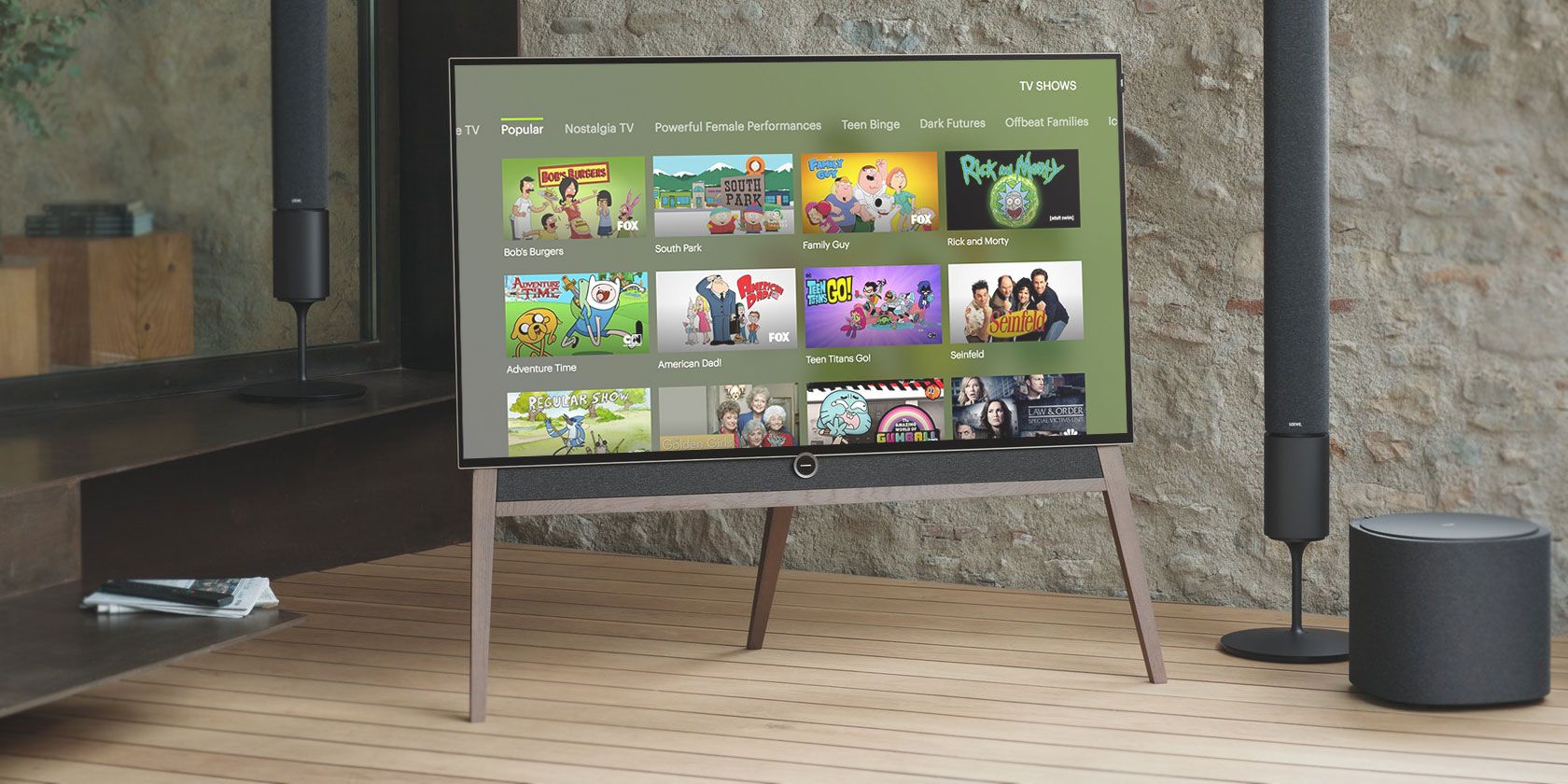There are dozens of IPTV services available, some providing illegal content, and others providing legal content. As tempting as it may be, you should avoid IPTV services that cross the line, and instead focus on those which stay firmly on the right side of the law.
Thankfully, there are plenty of legal IPTV service providers available. Some of which are free, and others that require a paid subscription. In this article, we find the best legal IPTV services that won’t get you in trouble with the law.
![hulu sports channels]()
If you want a reliable IPTV service, you should consider Hulu. The company offers three streaming plans, but only the most expensive $44.99/month subscription provides access to live TV channels.
Networks in the Hulu + Live TV package include ABC, CBS, NBC, FOX Sports, ESPN, MSNBC, HGTV, Telemundo, and CNN. In total, more than 50 channels are available. Sports lovers can enjoy coverage of the NBA, NHL, NFL, NCAA, and the English Premier League.
Note: While Hulu may be one of the best IPTV services in the US, it isn’t available in other countries. European users will need to look elsewhere.
Another of the best IPTV providers in the US is Sling TV. It was the first IPTV provider to offer multi-channel live TV over the web after it went live in 2015.
Sling is also an IPTV subscription service. Two plans are available: Sling Orange and Sling Blue. Both cost $25/month.
The two plans offer different channels. Sling Orange includes channels from ESPN and Disney, but not FOX or NBC. Sling Blue is the opposite; you can watch content from FOX and NBC, but not ESPN or Disney.
If you want access to all the channels, you need to subscribe to both IPTV plans for $40/month (a 20 percent saving).
![pluto tv]()
If you want the best free IPTV provider, check out Pluto. It works on all the major cord cutting devices, including Android TV, Roku, Apple TV, Amazon Fire TV, Chromecast, and several smart TVs. It’s also one of the best IPTV add-ons for Kodi.
A few premium channels are available. They include Sky News, Bloomberg, RT, and, depending on where you live, FOX Sports News.
Pluto also offers several of its own IPTV channels. They focus on particular genres of movies and TV shows. The Pluto app is available around the world.
Other IPTV providers in the US include PlayStation Vue and YouTube TV, but first, let’s talk about DirecTV Now.
DirecTV Now is a subsidiary of AT&T. The company offers six different IPTV subscriptions. The cheapest is the Select package. It costs $35/month and provides access to 155 channels. The most expensive plan is Premier. It will set you back $110/month but includes 330 channels.
Only the Premier subscription includes HBO, Showtime, Starz, and Cinemax. If you want ESPN and FOX Sports, you’ll need to pay $40/month.
If you sign up for DirecTV Now, you won’t be tied into a long IPTV subscription; you can cancel at any time without penalty.
![ustvnow]()
Some of the options we’ve looked at so far are among the best IPTV services inside the US, but what if you’re not on American soil?
An excellent app to consider is USTVnow. It provides US expats and military members with access to five free IPTV channels. They are ABC, CBS, The CW, PBS, and MyTV9.
If you pay the $19/month IPTV subscription fee, you’ll also be able to watch AMC, FOX, Animal Planet, The Weather Channel, USA Network, ESPN, and more.
Like many of the IPTV providers we’ve looked at so far, PlayStation Vue is only available in the United States.
Four IPTV plans are available through PlayStation Vue. They are Access ($44.99/month), Core ($49.99/month), Elite ($59.99/month), and Ultra ($79.99/month).
Disney and ESPN are available in the basic plan. Core adds ESPN News and the NFL Network. If you want HBO and Showtime, you need the Ultra subscription.
And don’t let the name confuse you; PlayStation Vue is available on multiple platforms—including Roku, Amazon Fire TV, Apple TV, and Android TV. There’s also a web app.
Most of the main over-the-air TV networks in the UK provide their own streaming service. You can use them to watch live British TV and to catch up with old series and episodes on demand.
The BBC iPlayer service is the most well-known of the TV apps from the UK. To access it, you need to live in Britain. Non-British residents may have some success with a VPN or a smart DNS.
BBC iPlayer is also one of the best ways to watch IPTV on Kodi. There is a third-party BBC iPlayer add-on in the official Kodi repo.
The last of the “big five” IPTV subscription providers in the US is YouTube TV.
There is only one plan available; it costs a flat $40/month and provides access to more than 60 IPTV channels, including ABC, FOX, CNN, NBA TV, FOX Sports, Comet, E!, and TNT.
Some additional add-on channels are available. Starz is an extra $9/month, Showtime is $7/month, AMC Premier is $5/month, and FOX Soccer Plus is $15/month.
YouTube TV is not yet available in all metro areas. Check directly on YouTube TV’s site to find out whether it’s available in your town.
![tvplayer]()
TVPlayer is a free IPTV provider in the UK.
You’ll get access to BBC One, BBC Two, ITV, Channel Four, Channel Five, Dave, More4, CBBC, BBC News, Food Network, Fashion TV, Travel Channel, and more.
If you want to watch ITV 2, 3, or 4, Comedy Central, E!, Eurosport, The History Channel, or National Geographic, you need to subscribe to a £9.99/month no-contract plan.
Zattoo is Europe’s best IPTV provider. It offers more than 200 free IPTV channels from countries across the continent, including the UK, Ireland, France, Germany, Spain, Portugal, Turkey, and more.
A premium subscription plan is available. In addition to the 200+ free channels, you’ll also receive more than 70 high-definition channels.
Zattoo costs roughly $10/month, depending on the exchange rate.
Choose the Best IPTV Service for You
We’ve listed the IPTV services that should meet your needs, no matter where in the world you live or what type of content you want to watch. Now you just need to choose the one that best suits you.
If you would like to learn more, be sure to read our articles listing the best IPTV apps on Android and detailing how to watch live TV on Kodi.
Read the full article: The Best Legal IPTV Service Providers in 2019
Read Full Article
